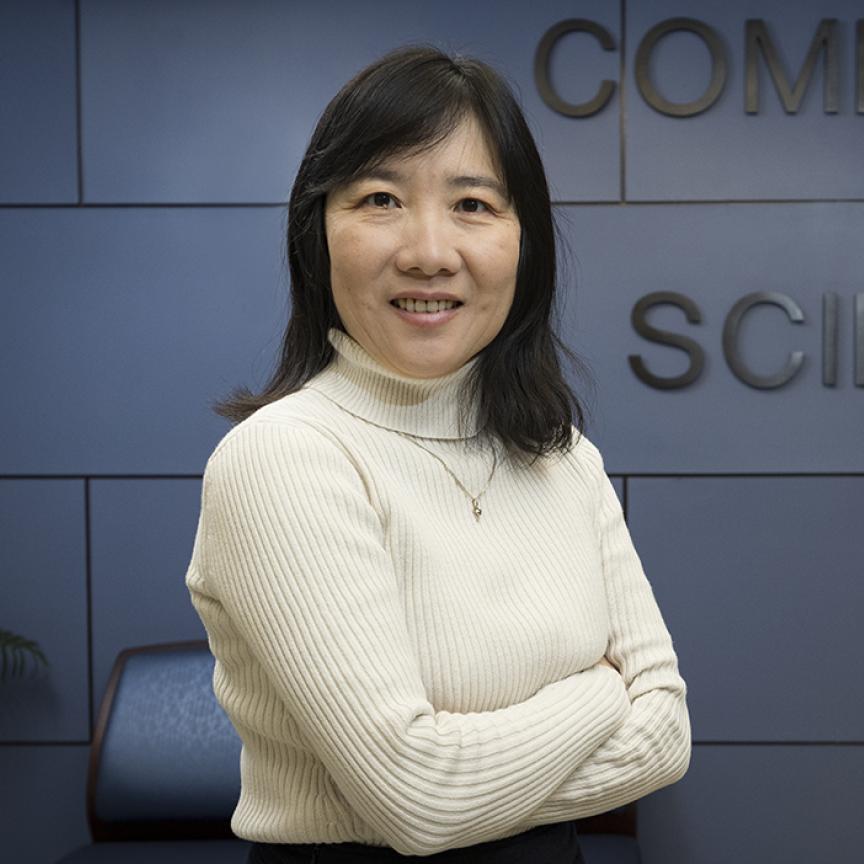Elisa Vianello, a senior scientist and Edge AI program coordinator for CEA-Leti has received a €3 million grant from the European Research Council (ERC) to build nanoscale memory devices inspired by insect nervous systems. The European Research Council grant will support Vianello’s work to build nanoscale memory devices for such applications as consumer robotics, implantable medical diagnostic microchips and wearable electronics.
The artificial intelligence (AI) community has proposed powerful algorithms that will enable machines to learn from experience and interact autonomously with the environment. Fruit-picking robots and robots that rescue people from collapsed buildings are two potential examples of such machines.
‘My project is to take inspiration from insects’ nervous systems to relax hardware requirements in terms of memory density and reliability, and to build the new nanosystems we need to enable learning from a very limited volume of noisy data,’ said Vianello.
But realising this vision will require nanosystems with breakthrough architectures enabled by novel nanotechnologies, because current architectures are inefficient in handling AI tasks. Simply moving data between processors and memories uses up to 90 per cent of the devices’ total energy consumption. Research groups have tried to overcome this limitation by developing in-memory computing architectures that use nanoscale memory devices for both processing and data storage. However, this ambitious approach requires very high-density, high-resolution, non-volatile memory with unlimited endurance. This capability does not exist today, despite a decade of focused efforts to create these memories in both industry labs and research centres.
‘Crickets make accurate decisions based on sluggish, imprecise, and unreliable neurons and synapses in order to escape their predators. Looking closely at their biology, we identified a diversity of memory-like functions at play in their sensory and nervous systems, added Vianello. ‘By combining these different functions, the cricket’s internal computing system achieves amazing performance and energy efficiency.’
Vianello discovered that different functions of the insect’s nervous system closely resemble functions performed by deterministic, probabilistic, volatile and non-volatile memories that she is currently developing with fellow CEA-Leti scientists.
‘Elisa's work will open up new research perspectives towards more energy-efficient embedded intelligence capable of online learning,’ said Jean-René Lequepeys, deputy director and CTO at CEA-Leti. ‘It is a real technological and application breakthrough that will combine the latest developments in microelectronics using new generations of non-volatile memories and drawing inspiration from the living world. This research work is fully in line with the priorities of the institute and will open up great opportunities for world premieres and commercialisation.’
Specifically, her multi-disciplinary team for this project, which will include four PhD students and one post-doctorate student, will make networks of physical nanoscale memory devices that translate insect biological principles into physical principles to enable learning from very limited volumes of noisy data, such as data measured in realtime from different sensors in video cameras, radar sensors, ECG, EMG, bio-impedance streams and potentially also brain signals through EEG sensors and neuro-probes.
‘Since the ideal memory does not exist today, the project aims at building a hybrid synapse that co-integrates different memory technologies,’ Vianello said.
ERC Consolidator Grants are highly competitive. Proposals are evaluated by selected international peer reviewers who assess them on the basis of excellence as the sole criterion. More than 2,600 proposals were submitted for this year’s grants and 313 will receive funding.

Elisa Vianello, CEA-Leti’s Edge AI Program Coordinator Credit: @UtopikPhoto/CEA


